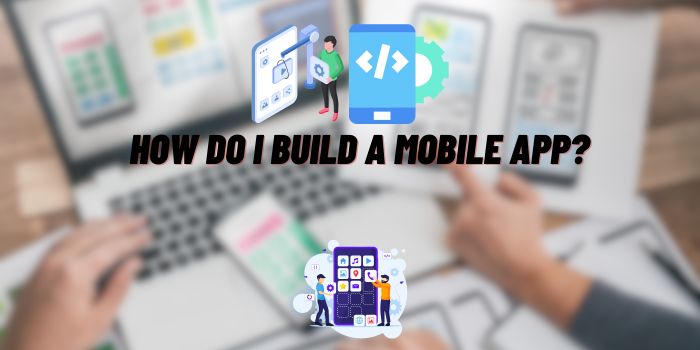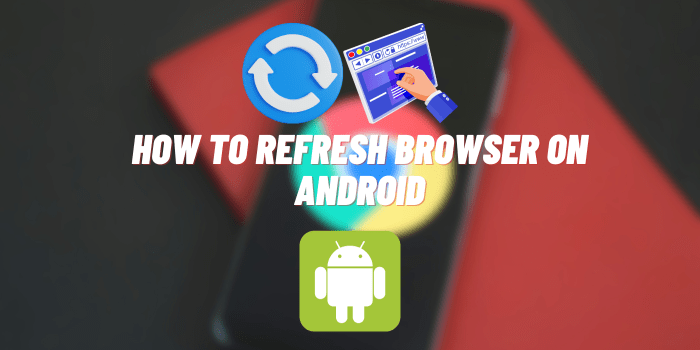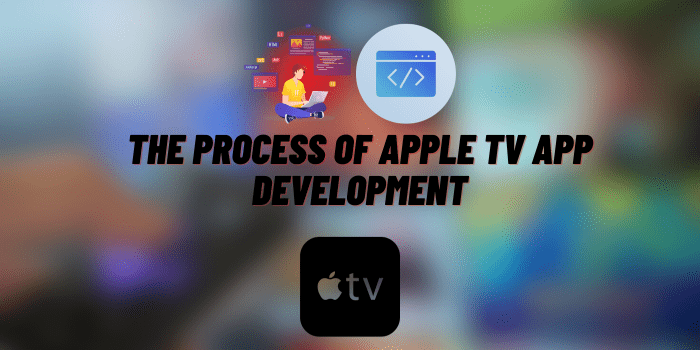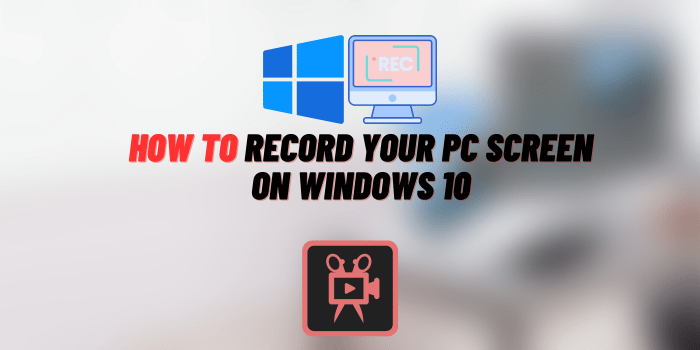How Do I Build a Mobile App?
Mobile apps play an important role in modern society, changing the way we work, play and communicate. With over 5 billion smartphone users worldwide, the demand for innovative apps is growing. Whether you have a unique app idea or want to develop an app for your business, this guide from the InnoByTech team will guide you through the entire process. Whether it’s iOS, Android or both, you’ll learn everything from ideation and planning to design, development, testing and launch. By the end, you’ll be ready to turn your idea into reality and enter the booming mobile app market.
Fresh Idea and Careful Planning

As a developer, the first critical step in building a successful mobile app is to clearly define the app’s idea and goals. What problem are you aiming to solve? What unique value proposition will your app offer to users? Having a well-thought-out concept is crucial before starting development.
Conducting thorough market research and competitive analysis is equally essential. Understand your target audience, their needs, and pain points thoroughly. Analyze competing apps in the market and identify gaps or areas for improvement. Creating detailed user personas and mapping out user journeys will help you design an app that truly resonates with your target audience.
Next, decide which platform(s) you want to build for – iOS, Android, or both. Each platform has its own strengths, audience demographics, and development requirements. Your choice will depend on factors like your target market, budget, and available development resources.
Finally, define the core features of your app, the technology stack you’ll use, and how you plan to monetize your app (e.g., paid downloads, in-app purchases, ads, etc.). Having a solid plan and roadmap will streamline the development process and ensure you’re building a product that meets your goals and target audience’s needs.
Base: Wireframes and Prototypes
Before diving into development, it’s crucial to create wireframes and prototypes to visualize and test your app’s UI and UX. Wireframes outline the structure and flow of screens, while prototypes simulate the actual app experience. Adhere to best practices like simplicity, consistency, and clear navigation for intuitive mobile app design. Popular tools for this process include Figma, Adobe XD, InVision, and Marvel. Gather feedback from potential users and iterate on your designs to ensure a seamless, enjoyable user experience that resonates with your audience.
Important Part: Mobile Application Development
When developing a mobile app, you need to decide between native and cross-platform development. Native development involves building apps specifically for iOS or Android using their respective languages and tools. This approach offers the best performance and user experience but requires separate codebases. Cross-platform development, on the other hand, allows you to build apps for both platforms with a single codebase, using frameworks like React Native or Flutter. This can save time and resources but may not fully leverage each platform’s unique capabilities.
Programming Languages for Mobile Apps
For native iOS development, Swift and Objective-C are the primary languages. For Android, Java and Kotlin are commonly used. Cross-platform development often involves languages like JavaScript (React Native) or Dart (Flutter). Choosing the right language depends on your development team’s expertise and the specific needs of your app. You can find comprehensive advice on programming languages on StackThrow, especially if you lack up-to-date knowledge.
Setting Up Development Environment
Setting up your development environment is a critical step. For iOS development, you’ll need Xcode, which is available only on macOS. For Android development, Android Studio is the preferred IDE, compatible with various operating systems. If you’re going the cross-platform route, ensure you have the necessary tools and libraries installed, such as Node.js for React Native or the Flutter SDK.
Mobile App Architecture and Design Patterns
A solid app architecture is essential for maintainability and scalability. Common design patterns include MVC (Model-View-Controller), MVVM (Model-View-ViewModel), and MVP (Model-View-Presenter). Choose an architecture that suits your app’s complexity and future growth plans. Implementing design patterns like Singleton, Observer, and Factory can also enhance your app’s structure and performance.
App Testing

Effective testing is crucial for a successful mobile app. Conduct various type of testing, including functional, usability, and security testing, to ensure your app works flawlessly. Balance manual and automated testing to cover all scenarios. Popular tools and frameworks include Appium, TestFlight, and Firebase Test Lab. Engage in beta testing to gather real-world user feedback, identifying and resolving issues before the official launch. By thoroughly testing your app, you can deliver a reliable, user-friendly experience.
Releasing Your Mobile App to the World
Ensure your app is ready for launch by preparing compelling descriptions, high-quality screenshots, and engaging promotional materials. Craft an enticing app store listing to attract users.
App Store and Google Play Approval Process
Navigate the approval processes for the App Store and Google Play by adhering to their guidelines. Submit your app for review and address any feedback promptly to ensure a smooth approval.
App Marketing and Promotion Strategies
Develop a marketing plan to promote your app. Utilize social media, influencer partnerships, and app review sites to generate buzz and drive downloads. Consider paid advertising for broader reach.
Post-Launch Maintenance and Updates
After launch, monitor user feedback and app performance. Regularly update your app to fix bugs, introduce new features, and improve user experience. Maintain active communication with your user base to keep them engaged and satisfied.
The Bottom Line
Building a successful mobile app requires careful planning, execution, and a focus on exceptional user experience. Continually improving your app based on user feedback and market trends is crucial for long-term success. Stay agile, innovative, and laser-focused on solving real user problems. If you need assistance, don’t hesitate to partner with professional app developers or agencies. With the right resources and expertise, you can create a mobile app that delights users and drives value for your business.






